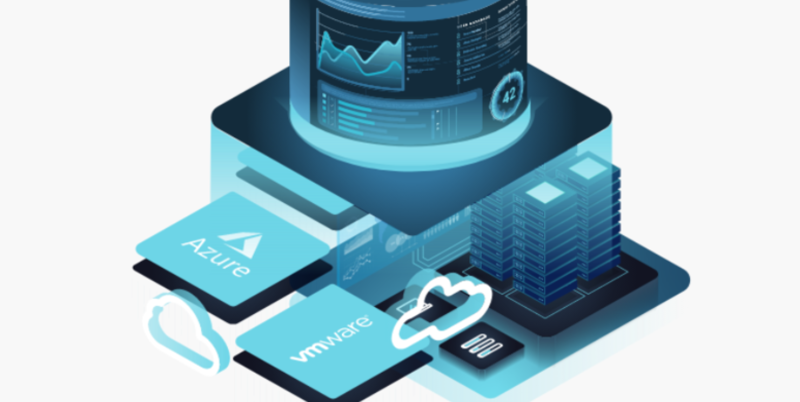
researchHQ’s Key Takeaways:
- Threat intelligence (TI) provides companies with the necessary contextual knowledge about threats to effectively mitigate and prevent them.
- Converting external threat feeds or data offered by a Threat Intelligence Program into useful context is a slow and resource-intensive process that delays detection.
- Effective TI integration should identify threats, improve the signal-to-noise ratio for investigations, as well as prepare for threats not yet encountered by a company’s endpoint detection and resource (EDR) solution.
Threat intelligence (TI) — the art of distilling down everything that is happening globally in the adversarial threatscape and TI Programs – reducing to what is necessary context for your company and your security team to know and take mitigation action against — is hard. Yet, many companies continue to try and create a threat intelligence capability from the ground up and find that their TI programs are not what they really want it to be. No wonder, then, that while 64% of companies say they have threat-intelligence programs, only 36% believe they would catch a sophisticated attacker, according to an Ernst & Young report on cyber threat intelligence. What is causing the disconnect in effectiveness of those TI programs?<
A significant portion of the problem with TI is that the human analysts must absorb the global TI, prioritize it for their organization, and then locally-operationalize any intelligence relevant to their company – and that’s not easy! Having access to TI is only the first step on the road to adding context to events that your team is seeing inside the network. Turning external threat feeds or data from a Threat Intelligence Program (TIP) into useful context for security teams – and then connecting that context to individual actions and projects – takes time and resources to produce results. The process is often slow and resource-intensive, further delaying detection. Less than 20% of breaches are stopped in a timely fashion (e.g. in a matter of hours), according to Verizon. Worse than that, knowing about a threat before you encounter it (e.g. a Campaign) and then being breached while you’re still working on proactively tuning your countermeasures against that threat would be disastrous. A lack of timely, actionable context from TI is therefore a main contributor to NOT being proactively prepared for an attack. Is there any way to produce actionable context, appropriate for your organization, in a timely and resource-efficient manner? Is there any way to expand that context to threats NOT in your environment but are headed your way?
Threat Intelligence Context: Leverage EDR… or not?
As companies continue to deploy endpoint detection and response (EDR) on users’ machines, security teams are recognizing that the technology can detect anomalous behavior on the endpoint. But determining the degree to which those activities constitute a real threat that matters to you requires more context. Without the context to interpret whether an activity on the system is malicious or benign, companies are limited in their ability to do Threat Hunting. [Sidebar] Define Threat Hunting: Threat hunting is the practice of proactively searching for cyber threats that are hidden, undetected, in an organization’s environment.
Without context sensitive threat intelligence integrated with EDR, SOC teams are reduced to endlessly searching for endpoint events for known IOCs associated with adversaries and then manually doing cross-correlation to external TI. They have no way to automatically cross-correlate these events with known adversarial activities or known adversarial TTPs (e.g. like knowing the C&C IP address), and they end up having a very low signal-to-noise (SN) ratio where they waste lots of time investigating things that turn out to be a nothing- because they miss all the TI correlations. Having a way to incorporate TI in a contextual manner would really improve the signal-to-noise ratio and make the SOC team much more effective.
That’s where effective TI integration comes into play and separates effective TI programs from ineffective TI programs. With properly integrated TI, you should have easy access into things like crowdsourced attack data that identifies Tactics, Techniques and Procedures (TTPs.) Once new TTPs have been identified by the Cyber Intelligence Community, this gives threat hunters an easy, high-fidelity way to look for specific attack behaviors in the organization’s environment, knowing what attacks those TTPs are related to. With this kind of TI integration, the Security Operations Center (SOC) can more quickly identify threats and be able to dramatically improve the signal-to-noise ratio for accurately prioritized investigations. However, I would argue that this is just table stakes. What and how can we take TI integration to the next level?
A truly superior TI Integration would additionally provide prioritization of known threats based on things like whether the threat is targeting your industry sector and geography and most-importantly, predict the risk of your environment getting impacted by the threat. This actionable TI would offer countermeasures and prescribe what you need to do if the countermeasures are predicted to be ineffective.






